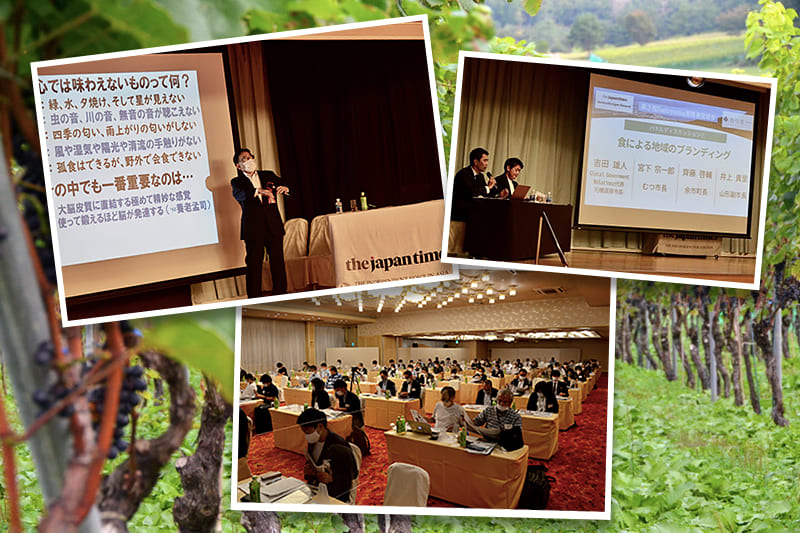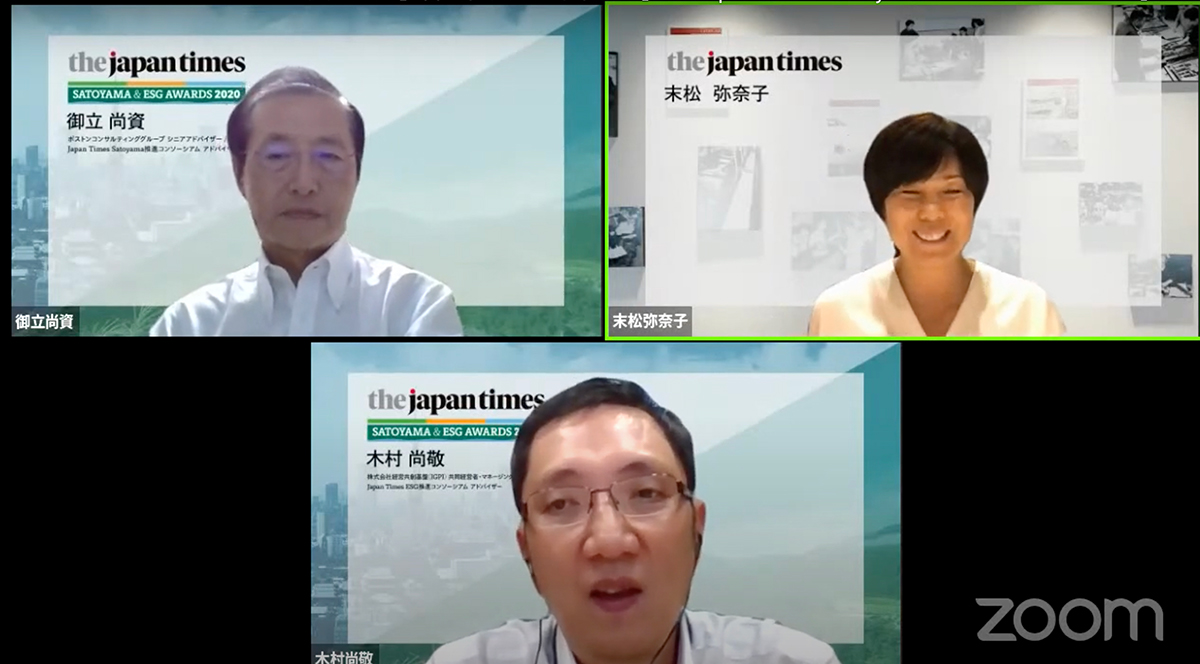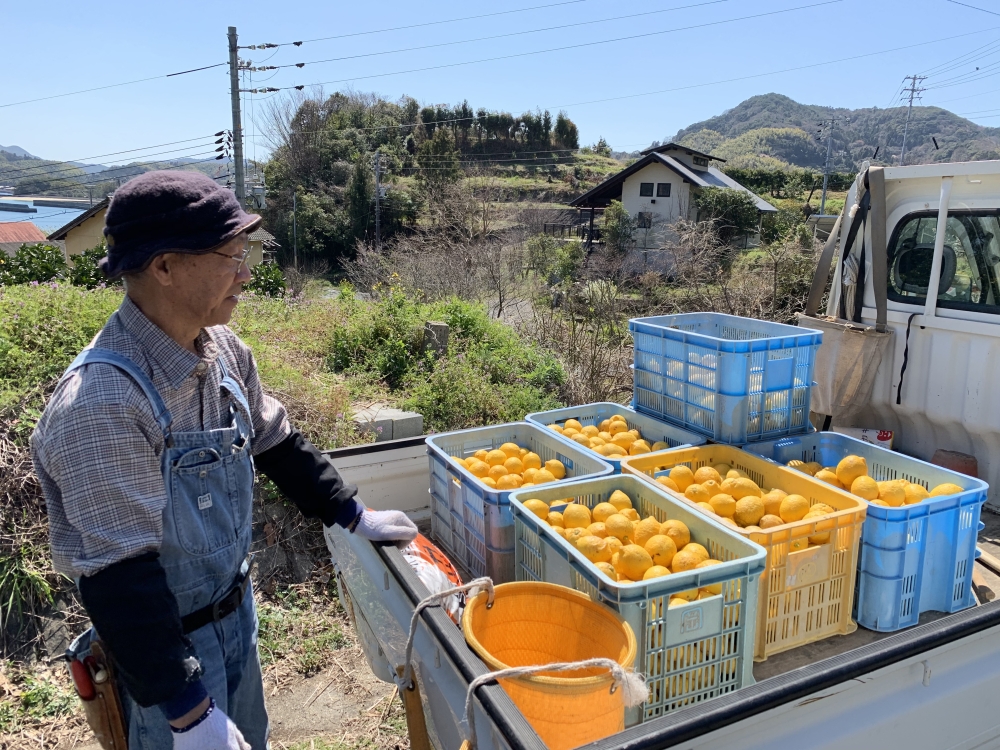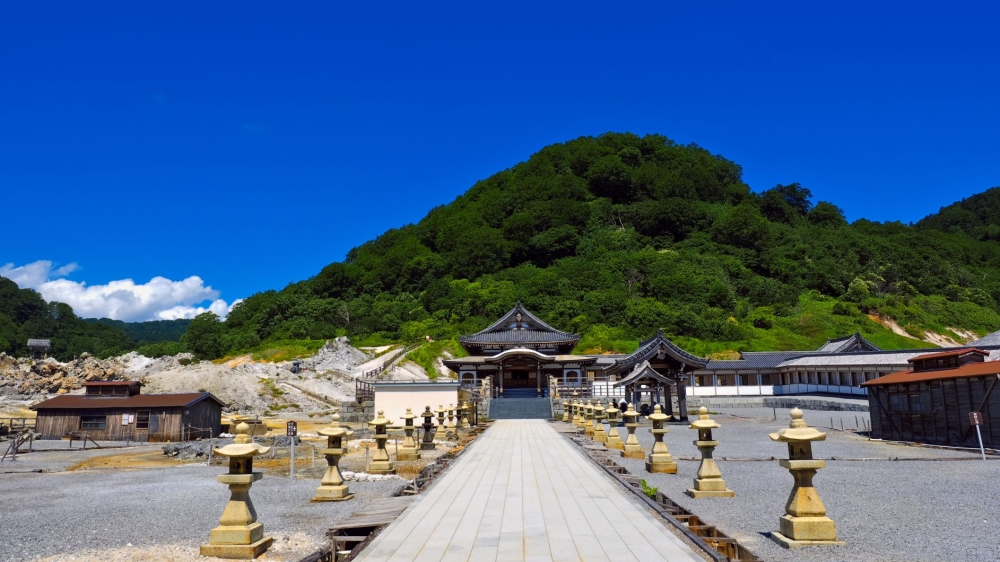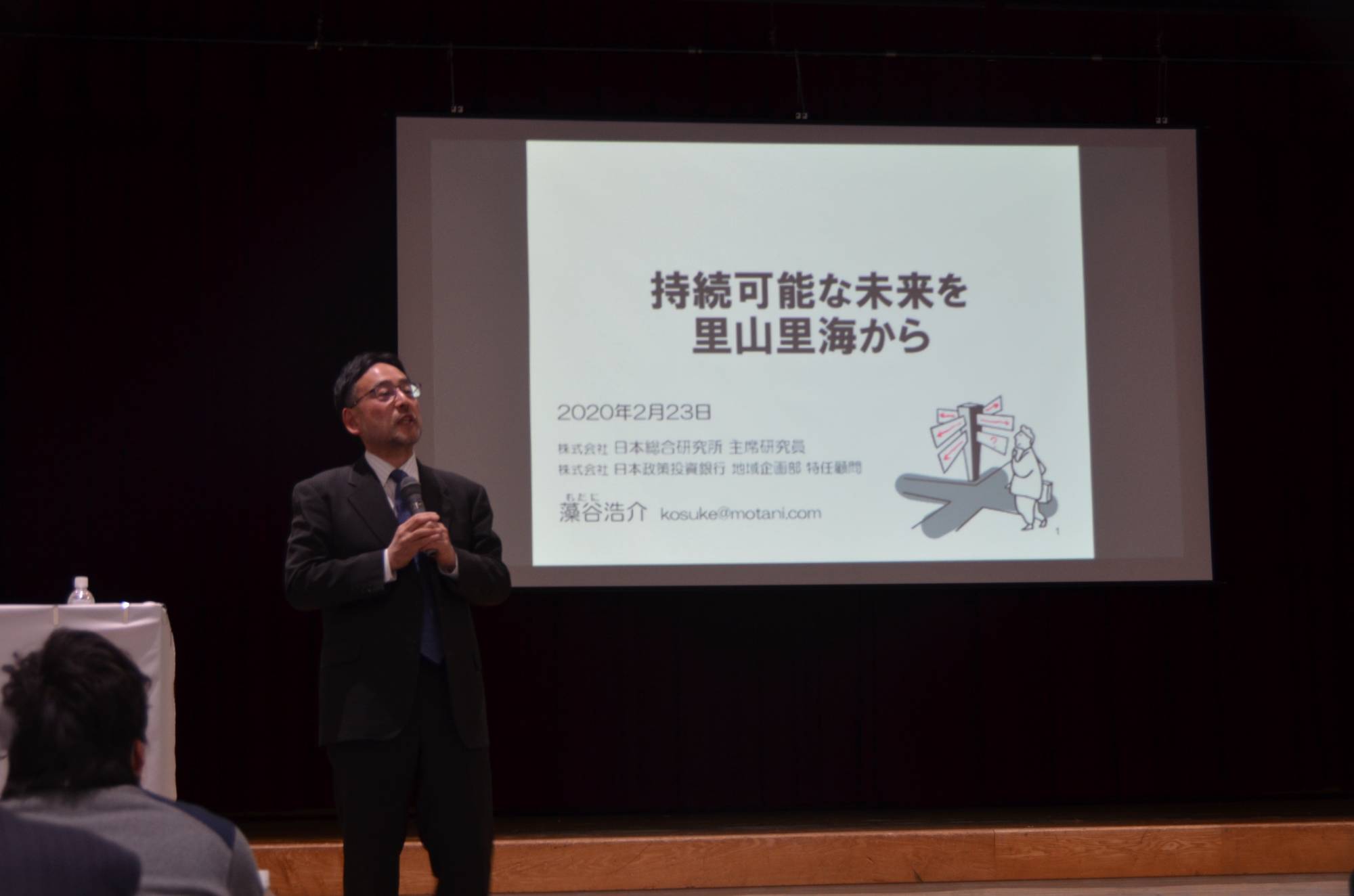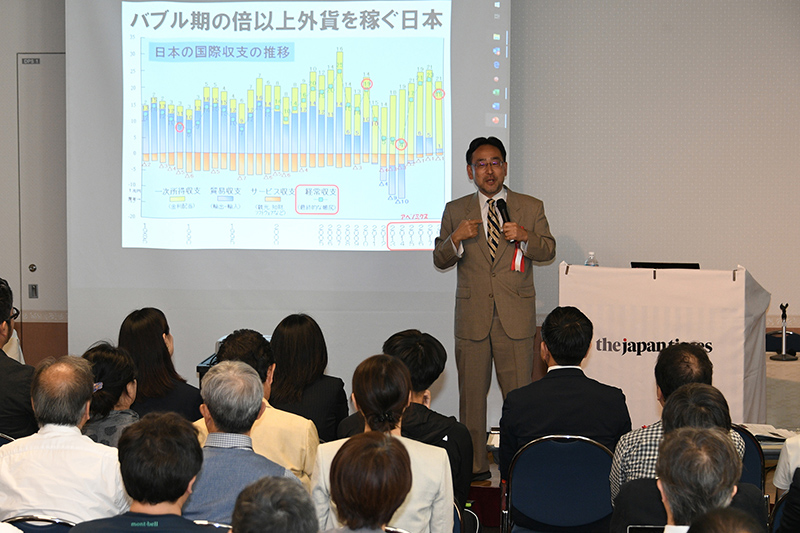June 28, 2020
Old values, practices need re-evaluating
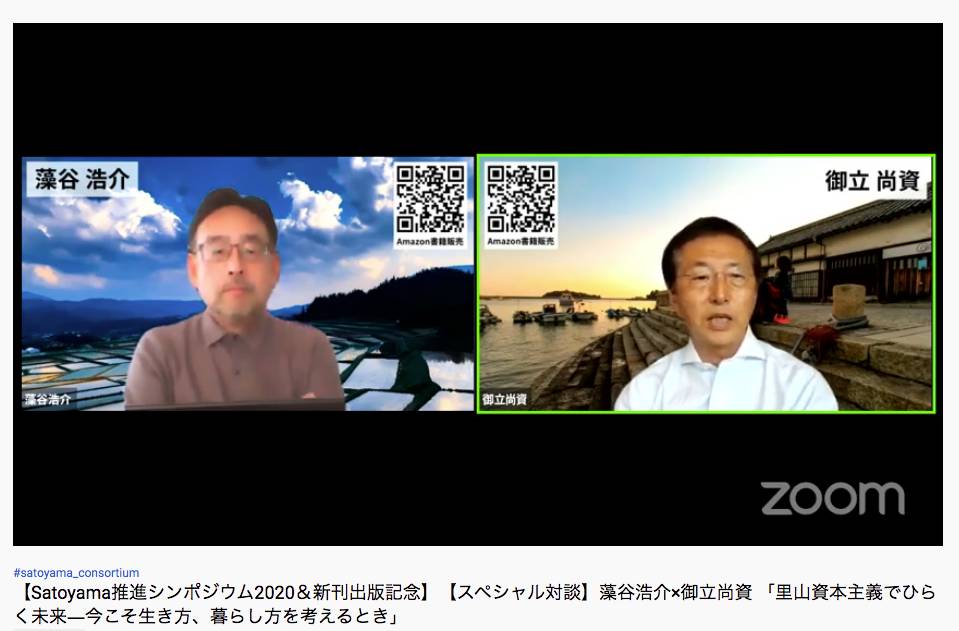
Satoyama capitalism is a new concept of capitalism that centers around effective use of natural resources in creating new values to foster a sustainable future for local communities.
In the wake of the coronavirus pandemic, the idea of satoyama capitalism is being increasingly embraced and many people are searching for ways to live and work more locally. Amid this change, two advisers of the Japan Times Satoyama Consortium, Takashi Mitachi, senior adviser at Boston Consulting Group, and Kosuke Motani, chief senior economist at the Japan Research Institute Ltd. and one of the authors of “Satoyama Capitalism” published in 2013, discussed how cities should change and options for a more sustainable life style in an online symposium held by the Japan Times Satoyama Consortium on May 24.
Population density risks
During the symposium, Motani pointed out that excessive population density in inhabitable areas brings a high risk for infection and that the current situation presents the chance to think how cities and people should change.
“I’m not saying that everyone should leave cities and live in rural areas. What I am saying is that we should use this opportunity to incorporate elements of satoyama in cities,” he said.
The event was also to commemorate the publication of “Shinkasuru Satoyama Shihonshugi” (“Evolving satoyama capitalism”), edited by the Japan Times Satoyama Consortium and overseen by Motani. In Chapter 6 of the book, Mitachi and Motani discuss the new potential of satoyama capitalism. They further developed their ideas during the online symposium to reflect the COVID-19 situation that was not a factor when the chapter was written.
Satoyama parallels
Mitachi told online symposium attendees that what people think and change in the face of the pandemic parallels how they think about and practice satoyama capitalism.
As he introduced his own viewpoint, Mitachi described the latest crisis as “a Western crisis, megacity crisis and service industry crisis” as many of the countries that rank high in the number of deaths per million caused by COVID-19 are Western countries such as the U.K., Italy, Sweden, France and the United States. Additionally, countries that have megacities with slums such as Brazil are also seeing a drastic increase in death tolls.
He pointed out that part of the reason why many EU countries are so badly affected is because of heavy cross-border movement of people as they rely heavily on foreign laborers in various fields, including nursing care for the elderly.
“Many workers come from countries like Romania, Ukraine and Poland and work short term for three months. But many of them left and have not returned due to the COVID-19 situation, which is partly responsible for some deaths caused by a shortage of care for the infected,” Mitachi said. There are many such social systems built on considerable dependence on external resources, and that became one of the main factors why those countries were having difficulty tackling the pandemic.
Motani, meanwhile, said that Japan should not see it as someone else’s problem and should not be passive in coping with the crisis.
“We should think about what to do rather than what will happen from here. Japanese people are good at accepting what nature does, which is OK. But just accepting a crisis and waiting until it passes is not enough,” he said.
Both Motani and Mitachi said that human beings can be vulnerable to infection when living in a packed city, and emphasized the importance of creating space and living with greenery.
Mitachi also suggested that city governments think more about how to create space by introducing a new concept of “kaiso-ka,” or open depopulation. Unlike the depopulation occurring in closed off rural areas, this new take on kaiso-ka emphasizes maintaining connections in the local community and beyond, regardless of how many people live there.
Greenery in cities
“When the feudal system was dissolved and imperial rule was restored with the end of the Edo Period (1603 to 1868), Tokyo lost 30 percent of its population because sankinkotai (a system under which feudal lords and their vassals were required to live in Edo, current-day Tokyo, every other year) was also abolished. To make up for the drop in income caused by this change, fields were created to grow mulberries and other things,” said Mitachi.
He said that a similar phenomenon has happened in other parts of the world where there was an excess concentration of people.
“In the United Kingdom, farms and gardens were created to revitalize inner cities that once fell apart,” said Mitachi. “Tokyo should be divided into blocks of half a million to one million people, with each one connected to one another. Each area would have nature, cultural facilities, child care, jobs — everything you need for living.”
Motani said that there are a lot of vacant houses that can be used more effectively to, for example, create greenery and fields. Both of them agreed that such projects would work better through grassroots efforts contrary to the creation of an industrial model that focuses on productivity and efficiency, which is better achieved in a top-down way.
“Companies should think about how to change their strategies completely and find new ways of increasing productivity and output, improving quality and selling at higher prices through innovation, creativity and remote technologies,” said Mitachi, warning that they should not simply try to revive their business activities in conventional ways.
When discussing individuals who changed their lifestyle by opting to live and work in rural areas, Mitachi said places with rich cultures attract people.
“Cities consume, but rural areas produce. This is true in culture too,” Motani said. “Some people in rural areas say, ‘There is not much culture here,’ but they are deprecating themselves. There are kinds of cultures that you can do or see right next to you every day. That is much better than seeing the finest artwork in a museum occasionally,” he said.
Motani also noted that regional communities will be stronger if they can supply their own energy needs.
“You don’t have to be 100 percent self-sufficient from the beginning. As long as you start with one out of 10 as a backup, you can be prepared for when you have to make another nine,” he said.
Sustainability and isolationism
Mitachi agreed and said, “Isolationist countries are popping up in the world right now. Those countries try to keep everything inside such as food, medical resources like vaccines and so on, to gain domestic popularity. The time may come when we cannot get oil from abroad even if we can afford it. We have to be able to survive at least several years on our own.”
Returning to the pre-corona model of society and economics and pushing harder to revive the country will not provide a solution for crises like the pandemic that we may face in the future. according to Mitachi and Motani’s discussion. It’s expected that more sustainable approaches are considered, both in cities and rural areas to be more resilient in all aspects.

